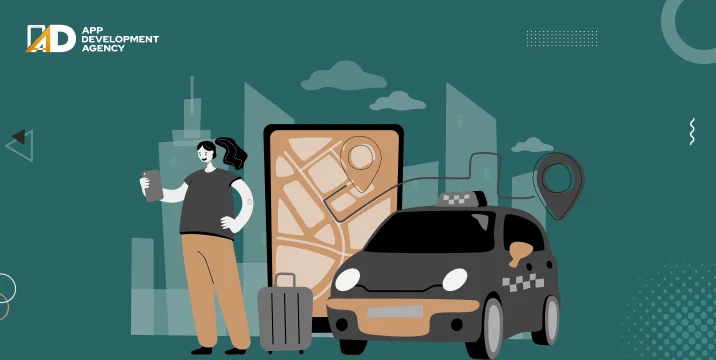As any successful entrepreneur would tell you, there are two ways to build a product: 1. Devise a solution and then look for consumers who might need it; 2. Identify a problem that many people face and then solve it. It is almost always that the second kind of product succeeds while the first fails to catch on. Keeping that mind, the first stage of your development process shouldn’t be to finalize functionalities of your app but determining their use cases.
Consider the example of two on-demand storage and moving applications. The first one requires customers to input details of each object including dimensions and weight so as to offer the most accurate estimates and seamless operations. The second application requires customers only to place a request for packing and moving while the rest of the tasks are then handled by their agents. As you can guess, the first application tries to maximize operational efficiency while the second attempts to deliver the utmost user convenience.

Both of these approaches are flawed. What you need is to devise a workflow that isn’t as cumbersome for the users but also doesn’t bring too much uncertainty in the operational flow. One possible way is to take Amazon Pantry-like approach- instead of dealing in particular items; you can create categories like less than 50Kgs, 50-200Kgs, more than 200kgs, etc. Similar categories can be made for dimensions as well. This way, neither user would need to input too much information while also giving you a rough estimate for packaging and logistics required for the operation.
This should go without saying but we’ll mention it anyway. When you create an on-demand app for moving and storage, you would be dealing with the most valuable possessions of your customers. And though you may formulate user agreements to shield your business from any liability; any oversight in terms of security has the potential to expose you to litigation and by extension bad coverage.
Overall on-demand apps for moving and storage can be a very lucrative business if planned and managed well but certainly isn’t without challenges. This is why not only you would need the best mobile app development companies on your side to handle the technical aspects but also extensive planning and infrastructure to sustain the operational load.

Construction management software plans, schedules, creates budget, and monitor (1) Residential buildings, (2) Commercial structures, (3) Public buildings: (hospitals, schools), (4) Infrastructure projects: (bridges, airports), (5) Large-scale industrial facilities by centralizing data, streamlining workflows, and improving communication among stakeholders, ultimately leading to increased efficiency, better cost control, reduced errors, and more informed decision-making throughout a …
Continue reading “What is the Cost Price of Making a Construction Management App?”
Read More
Are you one of those who use ten tools to complete one task – switching from email to CRM to Project Management to Google Worksheet? You might simply require one enterprise solution! Back in 2019, in a mid-sized logistics firm, everything ran on spreadsheets and emails. It was fine until there were missed updates, clashing …
Continue reading “Why Are Enterprise App Development Companies Working So Hard?”
Read More
Is the ridesharing industry saturated now? No doubt there are already a lot of best ridesharing apps globally. However, as per Statista, the leading research site, the ridesharing market is expected to grow at 22.13% annually and reach $226 billion dollars by 2028. The numbers are crazy, and to further prove our point – Arro, …
Continue reading “14 Best RideShare Apps in 2025”
Read More